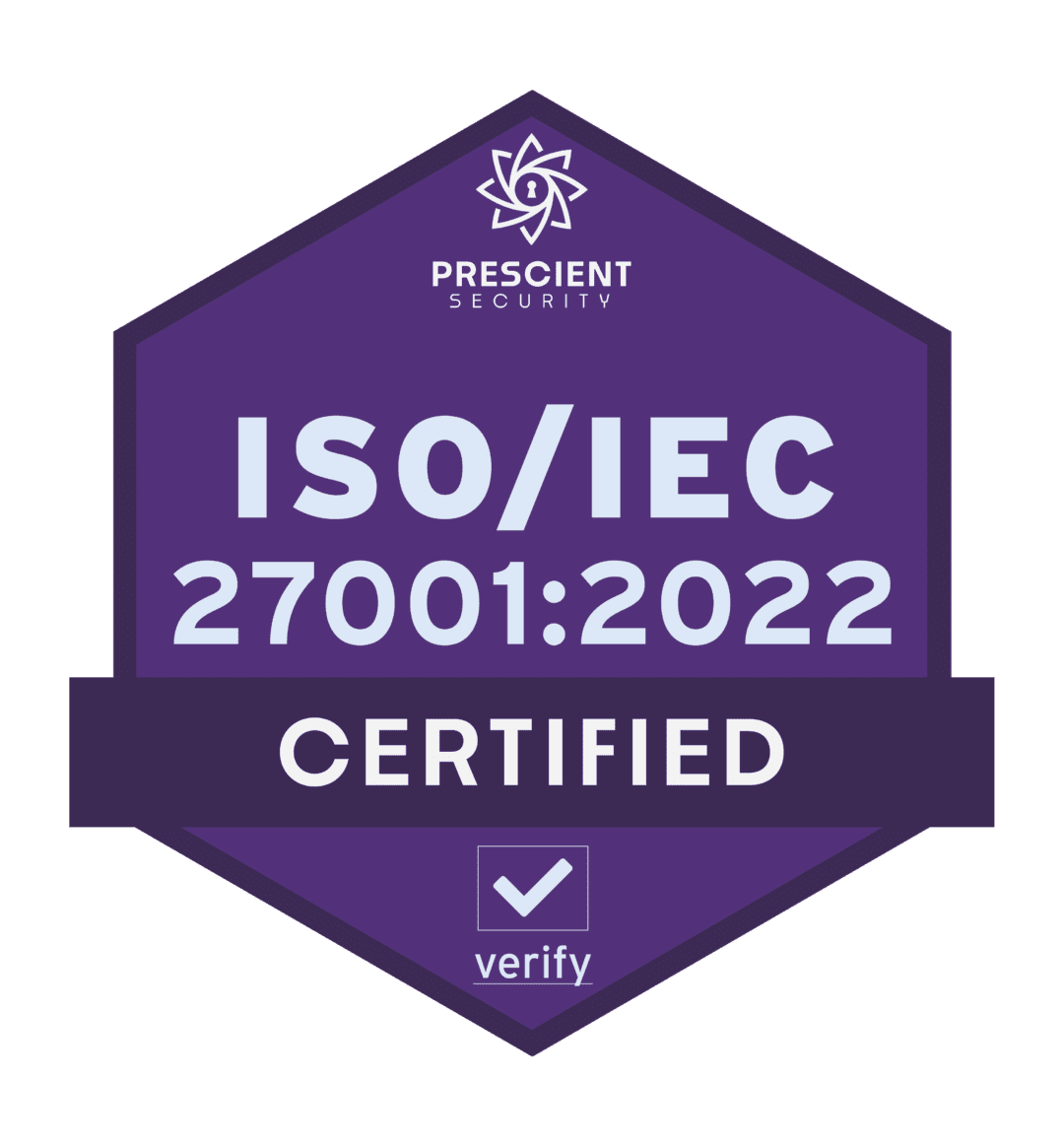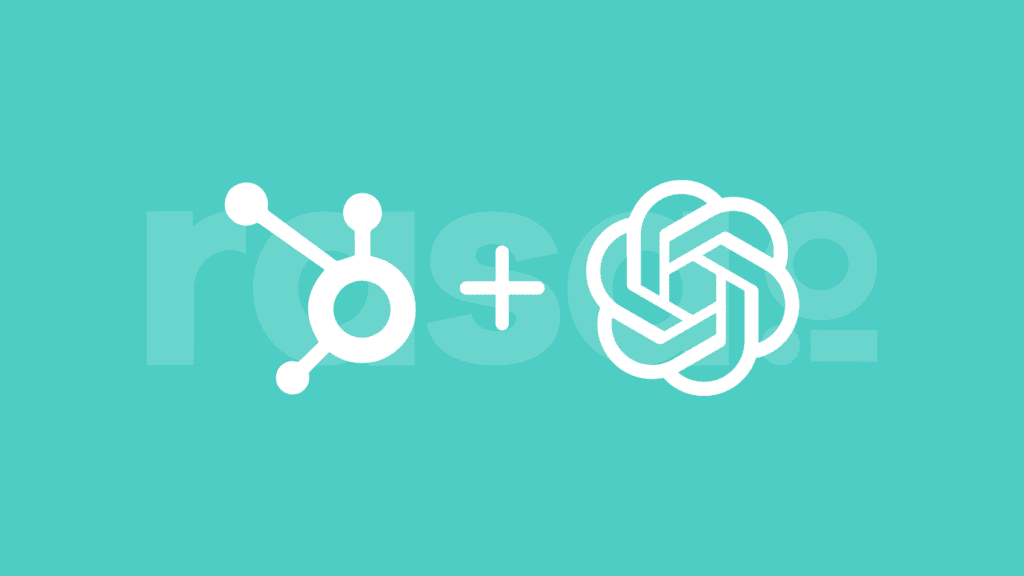Sachit Gupta
Email has been around for a while and by many predictions will still be a crucial business tool for a long time to come. It has got such a small learning curve; it’s easy to use, it’s intuitive, and it can be personalized for each specific audience. On today’s show, we find out just how a marketing consultant and secret weapon for content creatives like influential podcasters and authors, has mastered the art of cold email.
Sachit Gupta joins us as today’s special guest to talk about why he thinks email is such an incredible communication channel. Sachit is considered a master at cold emails because he has learned from others, made mistakes, had successes, and leveraged his observations into a couple of key philosophies. During our conversation, we go on to discuss principles of building emails, the importance of doing proper research, how to understand our audiences, and more! Stay tuned for an insightful conversation on lessons learned from cold emailing on Pushing Send Podcast!
Bio:
Sachit Gupta helps amplify podcasters, authors, and brands. He has worked on campaigns with top podcasters like Andrew Warner (Mixergy), #1 NYT best-selling authors (Tim Ferriss, Seth Godin, Oren Klaff), and international sports stars (Rohit Sharma, Indian Cricket Team). He also worked with Toptal, Pipedrive, HostGator, ActiveCampaign, and more.
Key Points From This Episode:
- Sachit explains how content creators can leverage email differently than other channels.
- How powerful a role email played in growing his business, especially in the early days.
- Principles of email content creation: Practical tips from Sachit.
- Sachit shares his experience in receiving his first email reply.
- Sachit shares some of his past experiences from his career.
- The importance of doing proper research for prospective clients.
- Three points Sachit has identified for all of us to understand our audiences.
- He explains three different camps people fall into when reaching out to them through email and why they’re important: The yes’, maybe’s, and the no’s.
Tweetables:
“Email is something that is easy, it’s intuitive, and it’s been around for a long time, and it’s going to be around for a long time.” — @sachitgupta
“I think the biggest principle that drives everything [with emailing] is — ‘How is this valuable in a sea of messages, for the person you’re emailing?’” — @sachitgupta
Links Mentioned in Today’s Episode:
Episode Transcript
Sachit:
You can cold email literally anyone, and even when you’re doing mass email, basically like holding this, like contradiction in your head where you’re emailing like hundreds or hundreds of hundreds or thousands or hundreds of thousands of people, but also realizing you’re actually just talking to one person. And so whenever I’m writing an email or any sort of communication, really, I think try and think of like two to five people, that sort of represent the composite of like who I’m trying to reach. And then whatever I’m writing is specifically addressed to those people, instead of trying to write for it everyone.
Bryan:
From rasa.io, the free tool for sending smarter and better email newsletters. This is Pushing Send a show featuring people who send emails, their subscribers actually, want to read. I’m Bryan Kelly, and on today’s show how a marketing consultant and secret weapon for content creators like influential podcasters and authors has mastered the art of cold email. Here’s Sachit Gupta describing why he thinks email is such an incredible communication channel. Is there something about email you believe gives content creators a chance to leverage it differently than other channels?
Sachit:
So I feel like when I look at sort of what channel turn Rustin and I, I’m looking at a few things, one is, one is where you can own the relationship. Right? And I think the second is doing something rare or using a channel where you’re not getting your audience to try something new. Right? So for a long time, email and texts have been the things that we’re just also used to and that’s why they work so well. Obviously I think like now, like that people are spending more time on Facebook and Instagram, that’s becoming more like with like Facebook messenger bots, like we have way more open rates and all. But really, I think the thing with email is it’s something that’s so ingrained in our lives that we’re not having to learn something new. Like everyone knows how to read and respond to email.
Bryan:
Yeah. It’s pretty simple. And it’s been around like forever. In fact, the learning curve is so short and probably nonexistent. So I think that totally makes sense.
Sachit:
Right. I remember when a few years ago, a friend of mine, I was sort of like, I didn’t really use Instagram that much for a long time. And then I was looking at it and a friend of mine showed me how to make a boomerang. I was like, Oh, that’s how you do it. Cause I couldn’t figure that out, which is funny because I work with a lot of like tech people and all, but yeah, email is just something it’s, it’s easy, it’s intuitive. And it’s been around for a long time and it is going to be around for a long time. Especially for creators and independent business owners, a lot of them have gone through the cycle of creating an audience on other platforms that then ended up shutting down, right? Like line is a perfect example where a lot of people build big, built, big audiences there. And then it’s no longer around. And email is one of the few things where like, that’s not going to happen.
Bryan:
Going back to the early days of when you were getting into marketing, what ways did you use email and how powerful was it for getting your business started at that time?
Sachit:
Sure. I don’t think I would have done it without email. And one of the first things I did was just starting making lists of people and come down and work with and started emailing. I probably sent hundreds of cold emails. One of which was to Andrew Warner who runs a podcast called Mixergy. Yeah. But the subject was just Andrew. I’d love to help you with Mixergy. And I think I emailed him and also filled out the contact form on, on mixergy.com and that’s what he responded to. And we ended up getting another, a call and had a few sort of different times when we tried to work together and it didn’t work out. But then we finally started working together and he’s still a client now almost eight years later. Sending email, it was instrumental in me doing what I’m doing, because really I’ve built everything back on the back of cold emails.
Bryan:
With that email you said, Andrew, was there anything magical about it? Was it the way you crafted it that got his attention? What do you think?
Sachit:
Yeah, I think if I were to print, pull out principles of what I do when I send emails, one is always make it focused on the person that you’re emailing and how you can add value. I think a lot of people will send a lot like long email that are just talking about themselves, right? Like those are the ones that don’t get responded to. And then within the email, just being really specific and clear about who you are, what your ask is, how you can help. And also just keeping it real, like as short as possible. I don’t know, actually looking back think that email was as short as I should have been. I still use cold email and they’ve gotten better over the years. But I think in that I remember the subject line was, “Andrew, I’d like to help you with Mixergy.” Super clear what I’m trying to do. And the first paragraph was basically just telling him why I wanted to work with him. And I think I said something along the lines of Andrew, I’ve been on a tear watching Mixergy interviews. And I’m so excited to email you about potentially collaborating. So in, in the first line, like really making it clear what the intention was. And I think then I had a paragraph that was just sort of outlining my experiences at that point about what I’ve done. And then I ended up with an I, I can either bring in new ideas of things to do or help you execute on ideas you already have. Um, and we can discuss the details course, but is this something you’d be interested in? Uh, and then a sentence that gave him an out, I think it was something like no hard feelings, if not, we, I think this is really being clear and focused on what value you can bring and, uh, keeping it short and also giving people an out. A lot of times we’ve get a cold email and you’d really see something down the line, but right now it’s a, no, it’s not a fit of there. Isn’t an out, um, we sort of feel bad about responding, right. But if they’re like, Hey, if not, it’s totally okay, it just sort of makes it way easier for you to respond. So, so those are the, some, some of the things I remember offhand, um, I think really like the biggest principle that drives everything is, um, how is this valuable in a sea of hundreds of messages for the person you’re emailing?
Bryan:
When Andrew responded to your cold email, what did that feel like? Were you excited to see his reply? Tell me a little bit about that moment specifically.
Sachit:
I think the feeling was more of a reluctant excitement because of the context of that time. And so I had basically spent a long period of time emailing people that I was inspired by or companies that I was inspired by wanting to work with them. But I just spent a lot of time emailing other companies very, had not worked out. I was really excited to get a response from Andrew. And also there was a reluctance to, I guess, celebrate maybe because I didn’t know what it would turn into yet. I think this is another thing that people miss when, especially things like cold email is you’re, you’re sending that cool email and you might have a call, but relationships like that, like will sometimes take much longer to develop and you want to go into it, not wanting to play the short game because that’s where everyone is. If you just decide to play the longer term game, you differentiate yourself from everyone else because no one else is thinking that way.
Bryan:
When we come back, three points Sachit has identified to help all of us understand our audiences. Plus he explains three different camps people fall into when reaching out to them through email and why they’re important. I’m Bryan Kelly, and you’re listening to Pushing Send from rasa.io.
rasa.io:
Creating email newsletters takes a lot of time. You might curate articles, write content, tweak your template, and look up metrics and not to mention you’re probably doing all of this once a week. Well rasa.io, we said enough and built a free tool to simplify the process, which saves you time. It also uses AI to personalize emails for each subscriber based on their interests. That means they get stuff they like to read. Want to see how it works? Visit www.rasa.io and click how it works.
Bryan:
Welcome back to Pushing Send. I’m Bryan Kelly Sachit Gupta is considered a master at cold email because he has learned from others, made mistakes, had successes and leveraged his observations into a couple of key philosophies. Here’s Sachit explaining some of the insights and lessons he’s learned over the years.
Sachit:
So first thing was realizing like, I was really good at like marketing and not selling, right? So I ran down the rabbit hole of just like learning everything I could about selling. Reading books like ultimate selling machine and just how to like have conversations. Um, I remember expecting to like win against the other person, right? Um, it’s like a win or lose thing, but if you really want to work with someone and work with, for the long term, what good is it? If you win slash they lose. If you want to build a longterm relationship, that’s not the best way to start a relationship, right? And I think that going back to my marketing background is just really spending time to think about who the other person you’re talking to is, and their perspective and where they come from. As an example, it’s sort of tangential, but I think it will highlight why this is so important, one of the things I’ve done at Mixergy was really taking the sponsorship side of the business and making it grow. And one of the things I think I, I I’ve done that really helped with that, which I didn’t even realize was a thing until I talked to other people was spending time understanding who the person on the other side is. So let’s say we’re talking to the company, that’s 10 employees. And we’re just talking to the founder of that company, right? What is their mindset when they’re looking at spending money on sponsorship, whereas this a company that’s, let’s like 40 to 50 employees. And then at that company, instead of speaking with the founder and maybe talking to a VP of marketing and understanding where that a company of that size is versus talking with someone like a HostGator, which is like a public company, and there, I’m talking to the marketing manager and he’s got his own boss and all of these different things, and really like understanding what is his perspective? What are his goals? What are his drivers, what is he trying to do in his career? And really just spending a lot of time thinking about that, which I think most people don’t do.
Bryan:
I’m curious, what’s your process for making sure you have full understanding and full awareness of your audience before creating a well crafted email message. How do you think through getting all the different pieces in the right place? Is it research or something else?
Sachit:
Sure. So one of the things, obviously the first idea was like, I just researche the person. Like, I’ll go on their LinkedIn Angeles profile. And in the world of social media, it’s gotten much easier because you can see sort of what they’re posting about, right? On their Twitter and Facebook and stuff. Over a period of time, you can almost actually see the evolution of their talk and what they care about now. It’s really cool. And another thing, I did, and again, to me, like this just seems normal to do when I’m doing this research, what I’ll do is like I would start looking at their like blog posts, but not only their blog posts, I’ll see like the comments they’re getting. And then also the responses that they’re getting, because it’s super amazing when, if you’re in a conversation with somebody and you’re like, Hey, by the way, I really liked how you responded XYZ to this comment on this blog post. They just go, okay, this person’s done their research, right? So it’s really just going through finding everything that is publicly available about them and really showing that a person that like you are respecting their time and you’re prepared for whatever conversation that you’re going to have.
Bryan:
What are some of the biggest lessons, or maybe just one lesson you’ve learned during all of your years sending cold email, but I think really just communicating with others?
Sachit:
So whenever you’re doing any kind of communication, right? And like this can be email or cold email or whatever, it’s really important to go into it. Knowing that the people that you’re reaching out to will probably fall into like let’s select for simplicity sake, three camps, people that are super interested in talking to you. So those are the yeses, right? People who might be interested to those are the maybes and then people who are not interested in at all, um, which are the nos. And I certainly made this mistake when I was starting out is a lot of times what can happen is actually you spent a lot of energy, both in terms of like, like who you’re applying to in terms of the email and also like just mental energy, feeling bad on the nos. So if you get a lot of rejections, you’re like, Oh wait, no one likes this, right? But, but it’s important to know that like in the context of cold email or just even emailing people, those three camps always exist. I think the correct thing to actually do is focus more time on the yeses. People who are already bought into what you’re trying to do, and then the maybes, um, instead of focusing most of your time on the nos. So one of things I always try and do is like, get an idea of what that distribution usually looks like. And then for that industry, or for let’s have like for cold email or whatever, and then know that based on that, just sort of like have a baseline of whether you’re doing right or wrong. So I remember when I did that cold email campaign to each podcasters, I worked with this company called Carp, which is part, which is now part of predictable revenue and ask them like, when you guys said cold emailing, cold emails, how many people, what percentage of people do you actually convert to like a call? And I’m pretty sure what they had told me was like, it was around like 3 – 4%. So when I started sending these, these cold emailing cold emails, I remember mine was like 10% conversion to calls, which is really insane. And I still felt bad by all of the people that said no and didn’t reply back. And so that creates feedback, where you’re like, Oh wait, this isn’t working. And so then you do less of this, right. But if you actually have the right baseline in your head, and again, I’m realizing that I’m telling you this, it’s still hard to make sure you do this because what I should have done has been like, Hey, 3% conversion is the, the normal conversion. I’m getting 10%. This is clearly working really well. Let’s do more of this. So knowing what that baseline looks like for what you’re trying to do, this is where important. Because even if you’re like emailing people, who’ve opted in who are part of your audience, you’re still not going to have a hundred percent response rate and for a creator or an independent business owner, if you don’t know that it can be super demoralizing and make you want to do less of the thing and you don’t realize actually you’re doing completely doing it completely, right? You’re in sort of like the averages for the industry or whatever. And you should keep doing more of this because it’s working.
Bryan:
Sachit’s perspective on these three camps people fall into is insightful and offers a simple mindset shift to refocus on our audience members who are the most interested in our email messages. And we can only do that if we’ve taken time to properly research who those people are before we’ve even sent that first email coming up on our next episode, we’ll hear from Ryan Ferrell, who’s the director of marketing for the world’s number one LinkedIn marketing company. He shares details about a concept called warm email and how it differs from cold email. You won’t want to miss Ryan’s story. So if you’re listening to Pushing Send for the first time, be sure to subscribe at Apple podcasts or wherever you’re listening, so you don’t miss an episode. And if you’ve enjoyed what you’ve heard, I’d encourage you to check out a few other episodes while you’re here. Lastly, leaving a review will help us share these stories with others, just like you. Thanks in advance for doing that. I’m Bryan Kelly, and you’ve been listening to Pushing Send from rasa.io.














